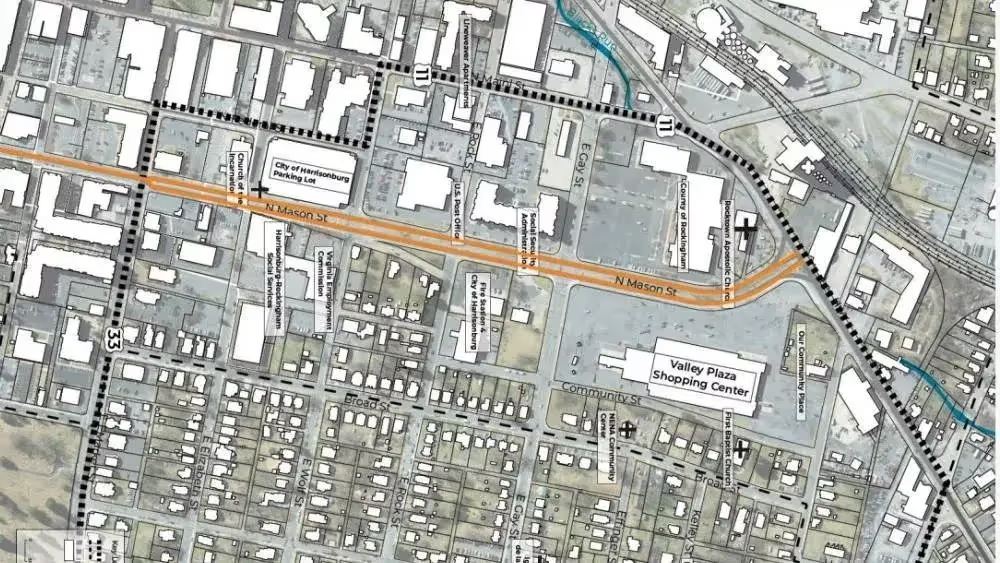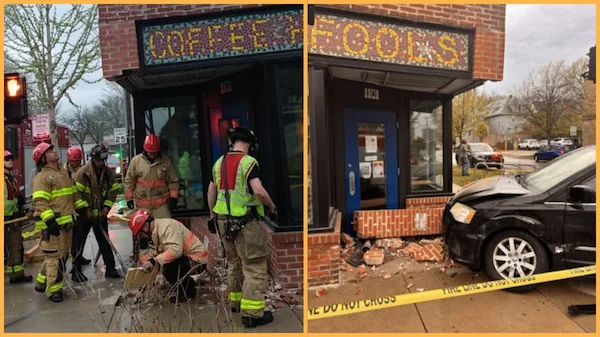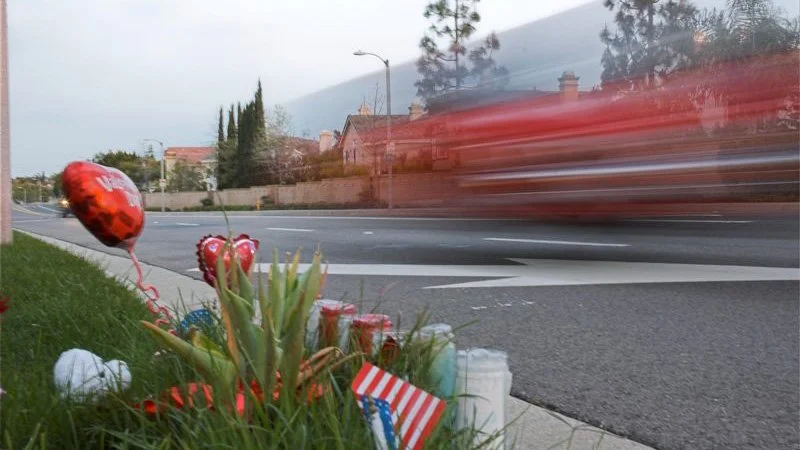Editor's Note: The challenges our cities face are growing, but so is the strength of this movement. Every story we share, every idea we spread, and every tool we build exists because people like you are committed to showing up. Your membership isn’t passive—it’s the momentum that makes change possible.
For years, Mason Street in Harrisonburg, Virginia, was a product of the typical top-down process that shapes too many American streets. Designs were drafted in conference rooms, informed by manuals—not people—and finalized long before the public had a chance to weigh in. With no meaningful feedback loops, the results were predictable: a street that prioritized throughput over safety, predictability over adaptability, and plans over people.
But that’s starting to change.
In a shift that deserves attention, city staff are charting a new path—one rooted in meaningful public engagement and built on the Strong Towns approach to public investment. Instead of asking residents to interpret technical drawings and imagine how a new design might feel, the city is using temporary materials to test real-world change.
Paint, planters, and plastic bollards are now tools of engagement, not just traffic control. They’re being used to reimagine what Mason Street could be—not in theory, but in practice. These small bets let the community live with the proposal, observe the outcomes, and make adjustments. Over time, as the best ideas prove themselves, they can be made permanent.
This isn’t a flashy multimillion-dollar project. It’s something better: a process of co-creation between city staff and the public they serve. The goal isn’t to get it perfect on the first try—it’s to learn, adapt, and ultimately build a street that reflects the needs and values of the people who use it every day.
This is what real engagement looks like.
And it stands in sharp contrast to the kind of cynical “public outreach” that has led some to declare that engagement is “worse than worthless.” What’s worse than worthless is pretending to listen. But when public feedback is tied to real experiments and responsive action, it becomes a powerful engine of transformation.
What You Can Do
If you’re a city leader, planner, or concerned resident, don’t wait for the perfect plan or the massive capital budget. Start with what you have. Use simple materials to test big ideas. Let people experience proposed changes. And, most importantly, create a process where feedback leads to real-time adjustments.
The transformation of Mason Street isn’t just about a safer street—it’s about restoring trust and agency to the people who live there. It’s about making the city a place that listens, learns, and improves—not once, but continually.
That’s the Strong Towns way.





